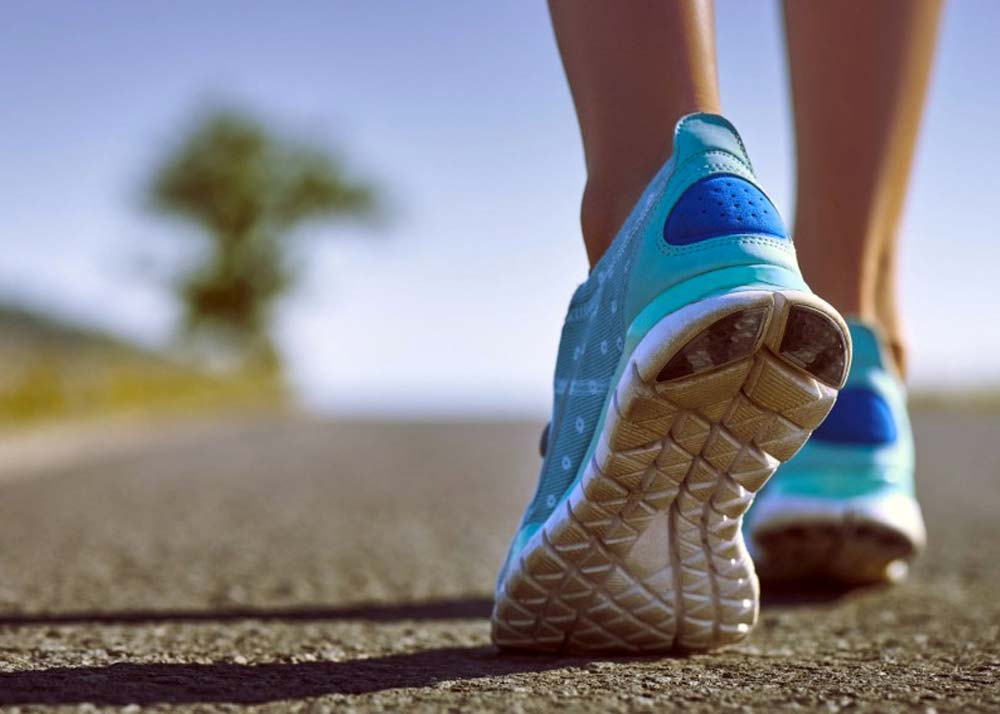This year I decided I would set the big goal of completing the point to pinnacle in Tasmania. It is considered one of the hardest half marathons in the world. It goes from Hobart city all the way up Mt Wellington (just over 1,270 metres in elevation!) and thankfully I will be doing it with a few of my close friends. While on a training jog through the bush last week, I was asked a very common question, “I need a new pair of runners. What should I get?”
To be honest the answer is not so easy, due to the huge selection of running shoes available. They now come in every shape, size and colour possible, and unfortunately they also range just as variably in price. These variations in shoes are due to the difference in a persons gait, foot shape, movement pattern and for some, just how ‘pretty’ it looks.
So, will a pair of running shoes predict injuries? It has always been hypothesized that there is a relationship between injuries, impact characteristics and ankle pronation. However, a recent review of literature found that there is no conclusive evidence in this relationship, and amazingly, the frequency of running injuries has not changed over the last 40 years. The authors further suggested that we intuitively select a shoe that is most comfortable and keeps us in a preferred movement path, which reduces the chance of injury. (1)
When choosing a pair of runners it is important to follow a few rules:
- Have your walking and running gait analysed. Not every store person will know what he or she is doing so seek an Exercise Physiologist if you are unsure.
- Use the rule of thumb. Always ensure you have a thumb or ½ a thumb room at the end of the shoe.
- How does it feel ? We’re all different and it also comes down to how comfortable the shoe feels. Does it have enough support and cushioning? Is it wide enough for your foot?
- Wear the shoe in. Take it easy and become accustomed to the new shoe. You can even rotate between your new and old shoes in the early stages.
- Don’t try to be a trend setter. Some shoes may look like they go fast but it must be a specific fit for your foot.
In essence, a running shoe will not magically prevent you from an injury. The reason for an injury is something much bigger than what you are wearing on your feet. The best way to prevent injuries is to see an Exercise Physiologist at Optimum Health Solutions for a complete assessment. They can assist in identifying issues such as your gait, posture, muscle tightness and muscle weakness.
1. Nigg BM, Baltich J, Hoerzer S, Enders H, 2015. Running shoes and running injuries: mythbusting and a proposal for two new paradigms: ‘preferred movement path’ and ‘comfort filter’. Br J Sports Med, Oct;49(20):1290-4.








